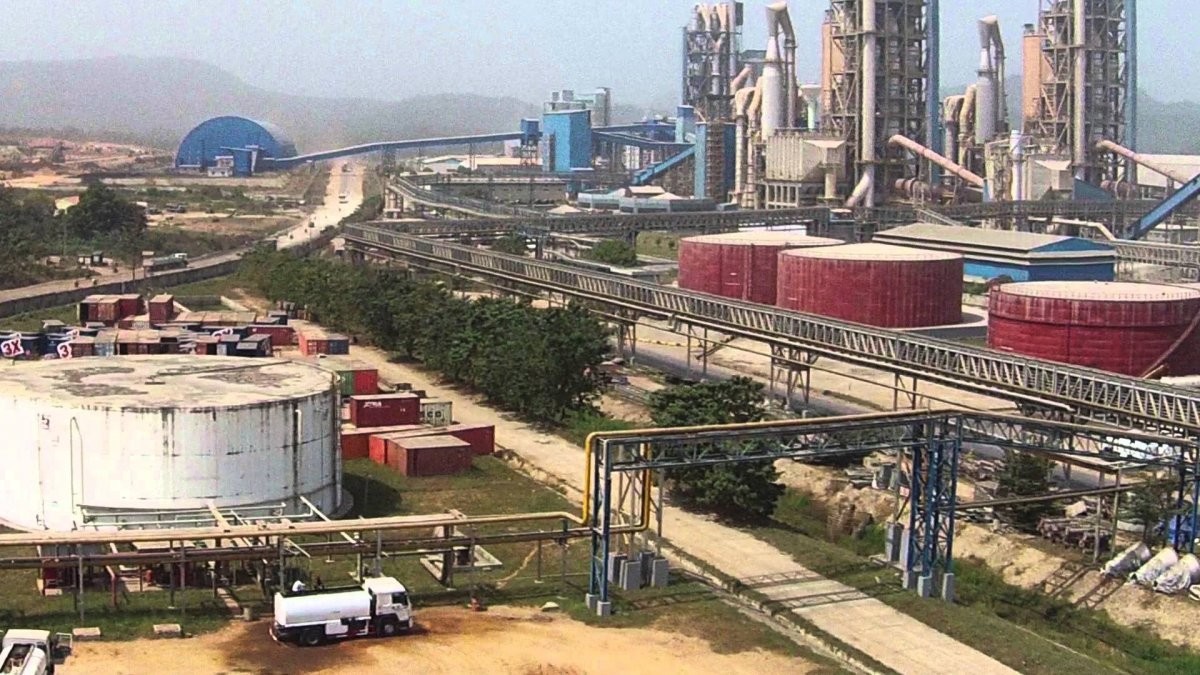Sub-Saharan African nations are at growing risk of debt distress because of heavy borrowing and gaping deficits, despite an overall uptick in economic growth, the International Monetary Fund said Tuesday.
The sober assessment came as African countries continue to tap international debt markets and issue record levels of debt in foreign currencies, spurred on by insatiable investor demand for yields, Reuters reported.
"What really we're concerned about is the pace of increase, rather than the average," IMF Africa Director Abebe Aemro Selassie told Reuters at the launch of its economic outlook for the region in Accra.
"What we're calling for right now is that those countries are going to need to go through fiscal consolidation," he said, adding that oil producers and other resource-dependent economies were seeking the sharpest growth in their debt loads.
The fund projected the rate of economic expansion would rise to 3.4% this year, up from 2.8% in 2017, boosted by global growth and higher commodity prices.
Slower growth in South Africa and Nigeria—the continent's two largest economies—weighed on the region-wide average, but the IMF expects growth to pick up in around two-thirds of African nations. However, under current policies, that rate is expected to plateau below 4% over the medium term.
Growth Seen Slowing
Meanwhile, around 40% of low-income countries in the region are now in debt distress or at high risk of it, the IMF report said. And refinancing that debt could soon become more costly.
"The current growth spurt in advanced economies is expected to taper off, and the borrowing terms for the region's frontier markets will likely become less favorable ... which could coincide with higher refinancing needs for many countries across the region," it said.
African governments issued a record $7.5 billion in sovereign bonds last year, 10 times more than in 2016. And they have issued or plan to issue over $11 billion in additional debt in the first half of 2018 alone, the report said.
Foreign currency debt increased by 40% from 2010-13 to 2017 and now accounts for about 60% of the region's total public debt on average, IMF data showed. Average interest payments, meanwhile, increased from 4% of expenditures in 2013 to 12% in 2017.
Six countries—Chad, Eritrea, Mozambique, Congo Republic, South Sudan and Zimbabwe—were judged to be in debt distress at the end of last year.
The IMF conceded that Africa's enormous needs will continue to demand heavy investments to build infrastructure and social development. But to do so while avoiding the risk of a debt trap, the continent, which currently has the lowest revenue-to-GDP ratio in the world, will need to become more self-reliant.
"Borrowing to finance spending is part of the macroeconomic policy tool kits which all countries use," Selassie said. "But over the medium to long-term they have to rely more on domestic revenues, tax revenues to address their development spending needs."
Ethiopia Region's Fastest
Ethiopia has an image problem. For decades, mere mention of the country has conjured up images of famine and conflict. But a new Ethiopia is emerging from troubled times and the latest IMF forecast says Ethiopia will be the fastest-growing economy in sub-Saharan Africa in 2018.
The IMF World Economic Outlook predicts 8.5% growth in 2018, far outstripping that of advanced economies.
The United States growth is expected to hit 2.9% in 2018, while Europe’s predicted growth is 2.4% and Japan’s is 1.2%. Global growth is expected to tick up to 3.9% this year and next.
Nigeria Growth Falling
Last month the World Bank, in its World Economic Outlook, effected a massive cut in its projections for Nigeria’s economic growth rate for 2018 to 2.1%, down from 2.5% and 1.9% for 2019, down from 2.8%.
Though the new projection still shows a huge leap against the actual of 0.8% achieved in 2017 and 0.2% higher than its projection in October last year, it indicated, not only a reversal of position but also a widening gap between the positions of the federal government and the World Bank on the recovery prospects post-recession while sign-posting the bank’s concerns over possible stalling of growth momentum as the country prepares for a general election scheduled for first quarter 2019.
The federal government had projected GDP growth rate at about 3.5% in its 2018 budget.


